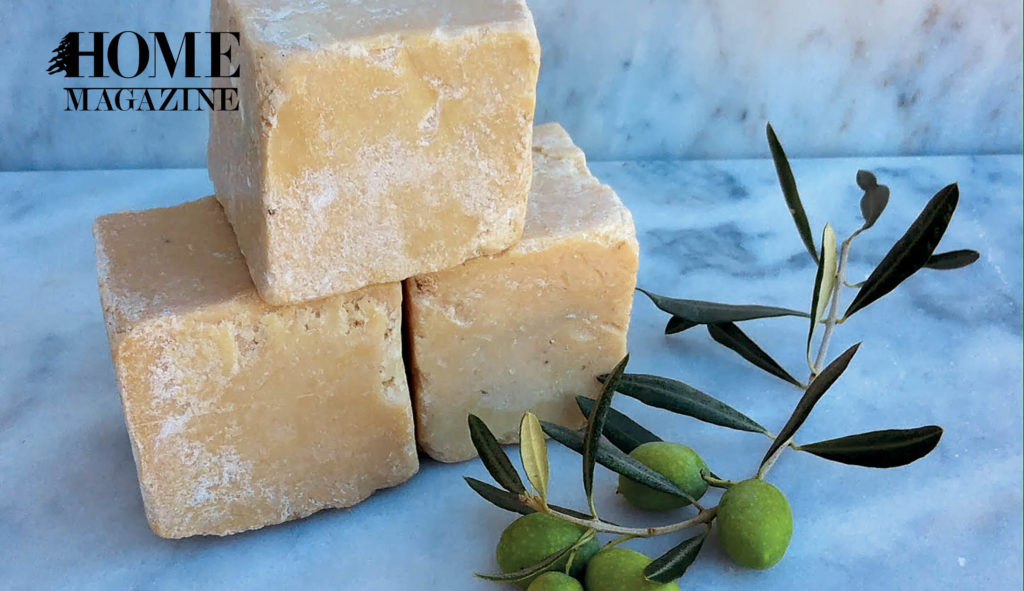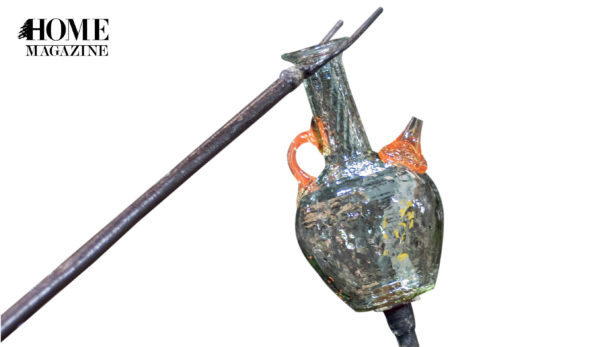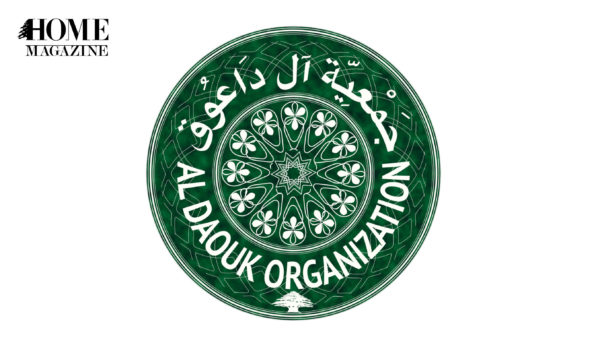The Olea europaea, the olive tree as we know today, is one of the oldest cultivated trees in the world. It was just a humble evergreen until a clever farmer grafted it with a fruit-producing tree and created the olive. The olive’s exact origin is still a matter of debate, however, but the fact remains that the first trees were cultivated in the Levant thousands of years ago. For centuries olive production has been an essential part of society and culture. The olive has a place on our table year after year as it thrives through happier times.
Grown for thousands of years in Lebanon, it would be hard to imagine the country without olive trees. A country where almost every road leads to an olive grove, Lebanon remains true to its tradition.
Lebanon, known as La Route des Oliviers or the Land of the Olive, dates back ever to Phoenician ancestors and Canaanites. Its hills and valleys, mild winters and temperate summers are perfectly suited to growing olives, the reason why they flourish in this country like nowhere else.
In the countryside, the carpet of olive trees not only enhances the beauty of the country, but serves as a way for people to make a living.
A handful of olives is as precious as a handful of gold.The olive season in Lebanon begins in February or March. As the summer fades and autumn sets in, the olives ripen and the right day for the harvest begins.
All parts of the olive are useful. During the blossoming season the branches are covered in bunches of lightly scented ivory pearls which burst into flower. During the harvest season, the farmer prunes his trees and throws the trimmings into a pile that he uses for fires. The olive wood gives off a good deal of heat. The trimmings are also used to make charcoal and tobacco water pipes. The farmer then uses the ashes from his fire as fertilizers for his olive trees. An olive tree needs to be 8 years old before it bears fruit, the olive, which can be eaten and pressed to produce oil. Olive oil is used as well for dietary purposes and as a cure to heal stubborn areas in the body.
One of the greatest treasures of olive oil is the traditional olive soap.
Olive oil has been used in soap making for thousands of years. The clay tablet of natural and ancient olive oil-based soap is perhaps the oldest and purest soap in the world. It originated in 2400 B.C. from the eastern Mediterranean cities of Tripoli in Lebanon, Aleppo in Syria and Nablus in the West Bank.
Renowned for its high-quality raw ingredients without chemicals, the pure olive oil-based soaps are the most natural cleansing products for the skin.
The first olive oil soap factory was established in Marseilles in the sixth century. This is when the soap industry began to flourish. However, the quality of such soaps was not consistent until 1792 where the government of France ordered that all soap should conform to the manufacturing process of Marseilles soap. Only soap made in this manner would earn a certification of purity. During the 15th century soaps made from olive oil were on the rise, spreading across Europe. French merchants came to Crete seeking olive oil to supply the soap factories of Marseilles.
Over the centuries, the process of making soap from olive oil was improved as different oils were mixed with olive oil and additives. Lebanon’s Saboun Baladi is the country’s signature soap.
Lebanon still follows the traditional way, making the olive oil soap based on natural ingredients – a relatively simple process where the recipe is a mixture of oil, salt, lye, water and glycerin. The mixture is heated in large vats resulting in a soap white in color. Crushed olive pits are sometimes added to the mix to turn it green. Beauty soaps are often perfumed with natural fragrances such as rose and lavender. Once cooked, the mixture is poured onto huge molds on the floor and left to cool. Finally it is cut into cubes, stacked and left to harden.
The soap is usually stamped with the name of the soap maker. Many work with jealousy – keeping guarded recipes handed down from generation to generation.

































